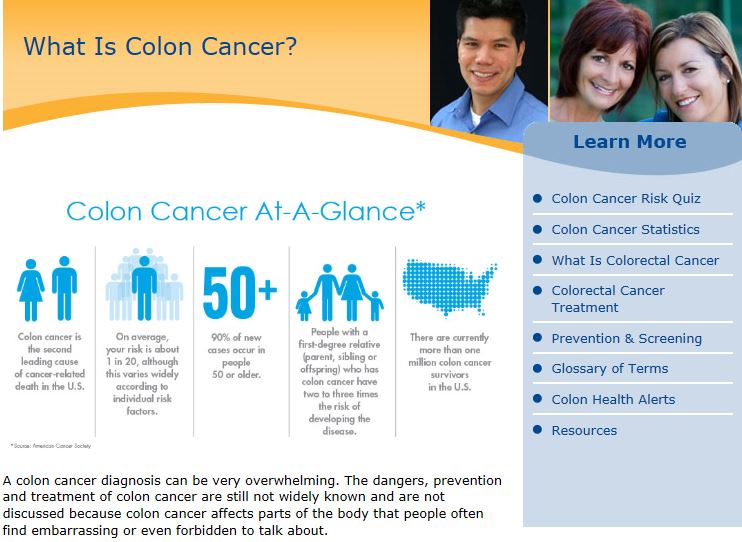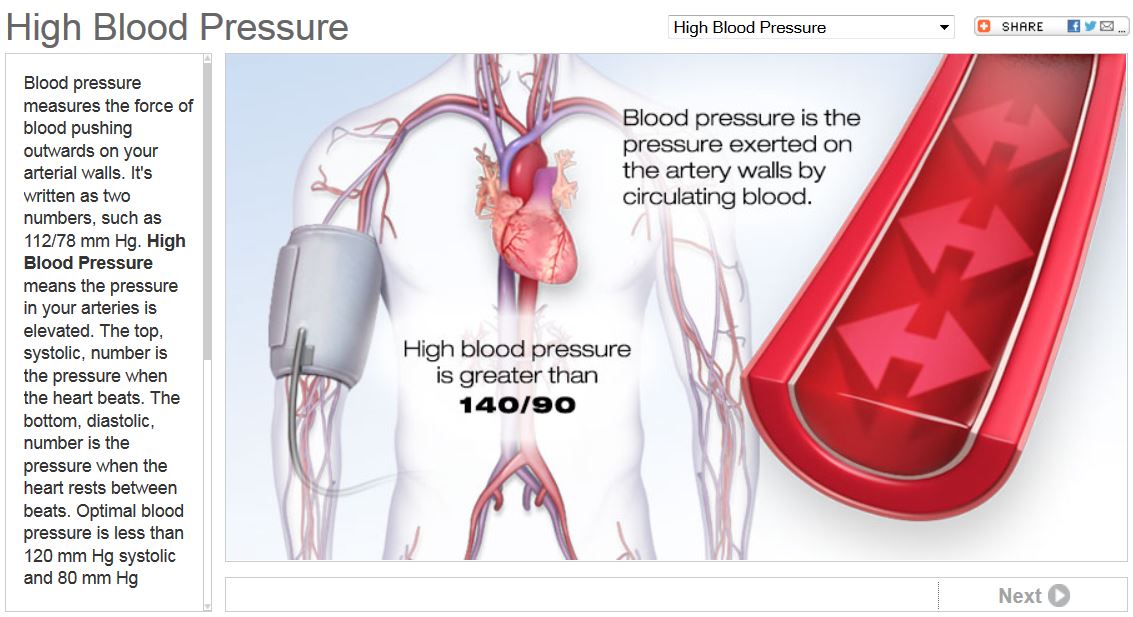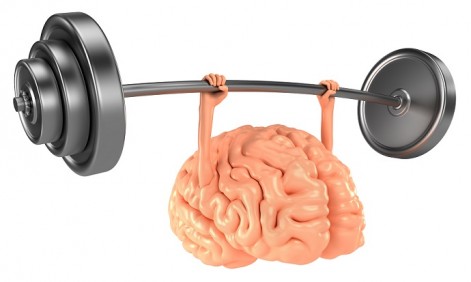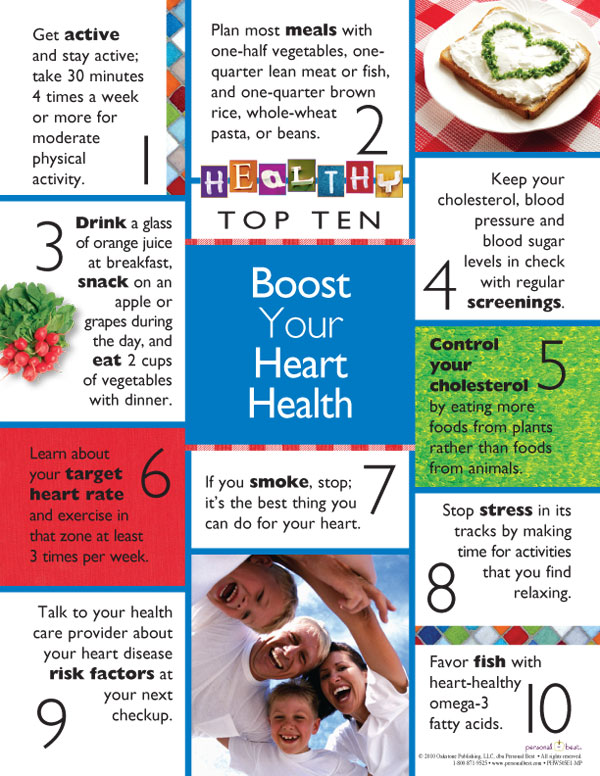|
|||||||||||||||||||||||||||||||||
Author Archives: Mary Proffitt
March is Colon Cancer Awareness Month
Be Safe While Running and Walking This Season -The RunSafer Way!
Time and Time again we read headlines about runners, joggers, and walkers being assaulted while out exercising. RunSafer is a program created by Two-Time Olympic Distance Runner and Black Belt in Brazilian Jiu Jitsu, Todd Williams. This one hour session will teach you safety techniques and tips to help protect yourself in a dangerous situation.
Arm Yourself With The Facts – Interactive Cardiovascular Library As A Resource
Kickstart Workout Plan – Phase I
http://www.youtube.com/watch?x-yt-cl=84503534&v=ugFp7KlPYTI&x-yt-ts=1421914688[/youtube]
How Sugar Affects Brain Health
It is estimated that as many as five million Americans age 65 and older may have Alzheimer’s disease. Alzheimer’s disease is the most common cause of dementia among older people and it is the sixth leading cause of death in the United States. The direct cost of caring for those with Alzheimer’s is estimated at $214 billion with 1 in 5 of those dollars coming from Medicare. This disease is clearly a major public health concern. The good news is, there is sufficient evidence to support that the adoption of a healthy lifestyle can help to prevent the development of dementia and Alzheimer’s disease.
Alzheimer’s disease has been commonly referred to as Type 3 Diabetes Mellitus or brain diabetes. Discovered in 2005 at Brown University Medical School, Alzheimer’s occurs when protein plaque builds up as a result of elevated blood sugar in the brain. This causes memory loss, improper memory creation, and other symptoms indicative of mental decline.
Just like the pancreas produces insulin so does the brain. This glucose (sugar) acts as necessary fuel to maintain brain function, which is crucial for proper learning and memory. When brain cells do not get enough fuel they begin to die off and lead to diseases such as Alzheimer’s. Researchers have found that insulin receptors in the brain are lower in people with Alzheimer’s disease.
When the body does not use insulin properly, it results in increased blood glucose and in turn, increased insulin production. The body reacts to the constant barrage of insulin by eliminating cell receptors for it, causing insulin sensitivity. A diet high in carbohydrates and refined sugars from foods such as breads, cereals, and pastas, increases the chances of developing insulin sensitivity. Many researchers now consider elevated blood sugar a leading risk for dementia.
Replacing sugars with healthy fats will help stabilize blood sugar and help fuel the brain. Ketones are metabolized in the liver after you consume fats and can be used as the only other source of fuel by the brain. Healthy fats include saturated fat from pasture-raised animals (butter, ghee, cream, tallow, lard, fatty meats, egg yolks, organ meats) and tropical oils (palm, coconut), as well as monounsaturated fats from olive oil and avocados, and small amounts of polyunsaturated fat from eating nuts, seeds, and fatty fish. Try to avoid polyunsaturated vegetable and seed oils made from corn, soy, canola, sunflower, safflower and cottonseed. And strictly avoid hydrogenated oils (trans fat).
These preventative measures are strongly encouraged, especially to middle-aged folks, to reduce the risk of developing Alzheimer’s disease:
- Stop smoking
- Exercise
- Eat a diet rich in fruits and vegetables and fatty fish
- Avoid becoming obese and diabetic
- Avoid excessive alcohol intake
- Treat high blood pressure
Stock your kitchen with the healthy, brain-boosting foods in our online store!
Butternut Squash and Chipotle Chili with Avocado
 This savory, seasonal chili features just a touch of sweetness from the butternut squash and cinnamon seasoning. Serve it up with a few slices of avocado for a dose of healthy monounsaturated fats. This recipe comes to us from Kelsey of Kelsey’s Apple a Day.
This savory, seasonal chili features just a touch of sweetness from the butternut squash and cinnamon seasoning. Serve it up with a few slices of avocado for a dose of healthy monounsaturated fats. This recipe comes to us from Kelsey of Kelsey’s Apple a Day.
- 2 tbsp. olive oil
- 1 medium red onion, chopped
- 2 red bell peppers, chopped
- 1 small butternut squash (about 1 1/2 lbs.), peeled and chopped
- 4 garlic cloves, minced
- 2 tbsp. chili powder
- 1 tbsp. ground cumin
- 1/4 tsp. ground cinnamon
- sea salt, to taste
- 1-2 chipotle peppers in adobo, minced
- 1 bay leaf
- 1 (14-oz.) can fire-roasted diced tomatoes, including liquid
- 2 (14-oz.) cans low-sodium black beans, drained and rinsed
- 2 cups vegetable broth
- 2 avocados, diced
- chopped cilantro, for garnish
- chipotle hot sauce, for garnish
Heat olive oil in a large Dutch oven or stockpot over medium-high heat. Add onion, bell pepper, squash, and garlic and sauté until the onions begin to turn translucent, stirring occasionally, about 10 minutes.
Reduce heat to medium-low. Add the chili powder, cumin, cinnamon, and salt. Stir until vegetables are evenly coated, then add the bay leaf, tomatoes, beans, and vegetable broth. Cover and simmer for one hour, stirring occasionally. Taste for spice level and adjust, as needed.
To serve, remove bay leaf, then ladle into individual bowls and top with avocado and cilantro. If desired, spice it up with some chipotle hot sauce.
Nutrition Information
Butternut Squash and Chipotle Chili with Avocado
Servings per Recipe: 6
Amount per Serving
Calories: 397
Calories from Fat: 173
Total Fat: 19g
Saturated Fat: 4g
Cholesterol: 0mg
Sodium: 721mg
Potassium: 952mg
Carbohydrates: 49g
Dietary Fiber: 16g
Protein: 11g
Sugars: 8g
Vitamin A: 292%
Vitamin C: 144%
Calcium: 15%
Iron: 33%









 After sitting for hours in a plane, train or automobile, the first thing you might want to do is collapse on your bed. But the best way to get travel agitation out of your system is to work out! Plus, exercise helps you adjust to a new time zone. Whether it’s for business or for pleasure, when you’re traveling, fitness seems to fall last in the lineup. You’re out of your normal environment and routine, so it’s easy to make excuses. Make fitness just as important as your business meeting and set aside 20 minutes for a workout. That’s all you need. Even if you don’t have time to find a gym in or around the hotel, here are 10 moves you can do in your hotel room — no equipment, no excuses!
After sitting for hours in a plane, train or automobile, the first thing you might want to do is collapse on your bed. But the best way to get travel agitation out of your system is to work out! Plus, exercise helps you adjust to a new time zone. Whether it’s for business or for pleasure, when you’re traveling, fitness seems to fall last in the lineup. You’re out of your normal environment and routine, so it’s easy to make excuses. Make fitness just as important as your business meeting and set aside 20 minutes for a workout. That’s all you need. Even if you don’t have time to find a gym in or around the hotel, here are 10 moves you can do in your hotel room — no equipment, no excuses!